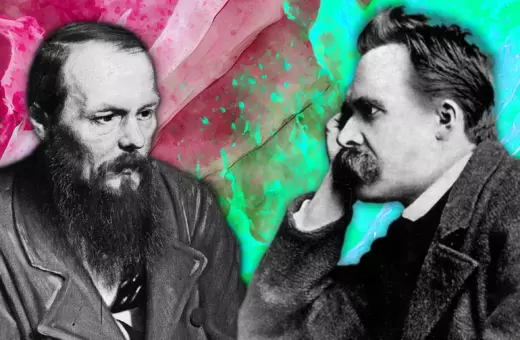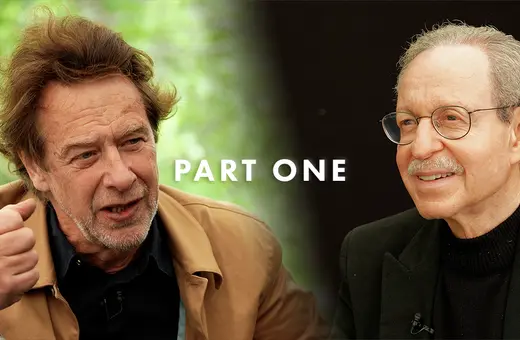For decades tourism scholars took as their starting point a binary distinction between “travelers” (assumed to be in search of their selves) and “tourists” (assumed to be passive recipients of packaged experiences). This reductionist approach masked a clear class bias: people with taste and social acumen allegedly don’t tour, they travel – even when they join tours, as with adventure outfits such as REI. This distinction has morphed into an emphasis on existential authenticity in the study of tourist motivation. We travel, theorists now claim, to counter the alienation we experience in our everyday lives at home. While drawing mainly on Martin Heidegger’s work, this claim reflects a distinctly Euro-American philosophical focus running from Rousseau to Schiller, Kierkegaard to Nietzsche, and Heidegger to Sartre, on what it means to be authentic. If life at home is self-alienating, journeys elsewhere would appear to be a clear improvement. Of course, this perspective rests on the questionable premise that a person at home is not a genuine self. Furthermore, it suggests that this illusive self can be found elsewhere, out in the world, amongst, paradoxically, strangers.
This quest for finding the “real” me (somewhere else, not here) sounds cool, but reflects a fundamental misunderstanding of Heidegger’s work. While he emphasized the social basis of authentic living, Heidegger insisted this could be experienced only within a community. In his most famous work Being and Time (1927), he posed two questions: how to recognize authenticity and how to live an authentic life in an inauthentic society?
For Heidegger, an inauthentic life is a flight from (and forgetting of) an acute awareness of personal finitude in favor of a falling into everyday routines and fads. This forgetting takes place on two levels. First, it involves a forgetting which makes possible everyday life. In short, getting up and going to work each morning is more bearable when we don’t think about our own mortality. But this also requires a second level of forgetting, in which the act of forgetting is, itself, forgotten. Thus Heidegger’s challenge: only by confronting our own finitude can we overcome the seduction of this secondary level of forgetting.
What does this have to do with tourism? For Heidegger, authenticity could only be achieved within a community. Authentic existence, he argued, unfolds as a “co-happening” with others – not strangers, but people with whom we are connected. He situated authenticity as an emergent aspect of individuality that was amplified by a community’s shared past. In other words, authentic being (Dasein) outside of a grounded community – the underlying premise of which tourism scholars have claimed is the existential basis of travel – is, according to Heidegger, impossible. The world of Dasein is a world shared not with humans in general but those who share the same norms, assumptions, and, in short, culture. This is evident at the end of Being and Time, when he describes how individuals, drawing on their collective heritage, experience an unfolding of their own stories within a community’s “destiny.”
__
"Companies such as Lonely Planet and the Rough Guide sell millions of guidebooks premised on the promise of difference and access to "it" — the "real" thing, unfiltered and unmediated."
___
Authenticity Begins at Home



















Join the conversation